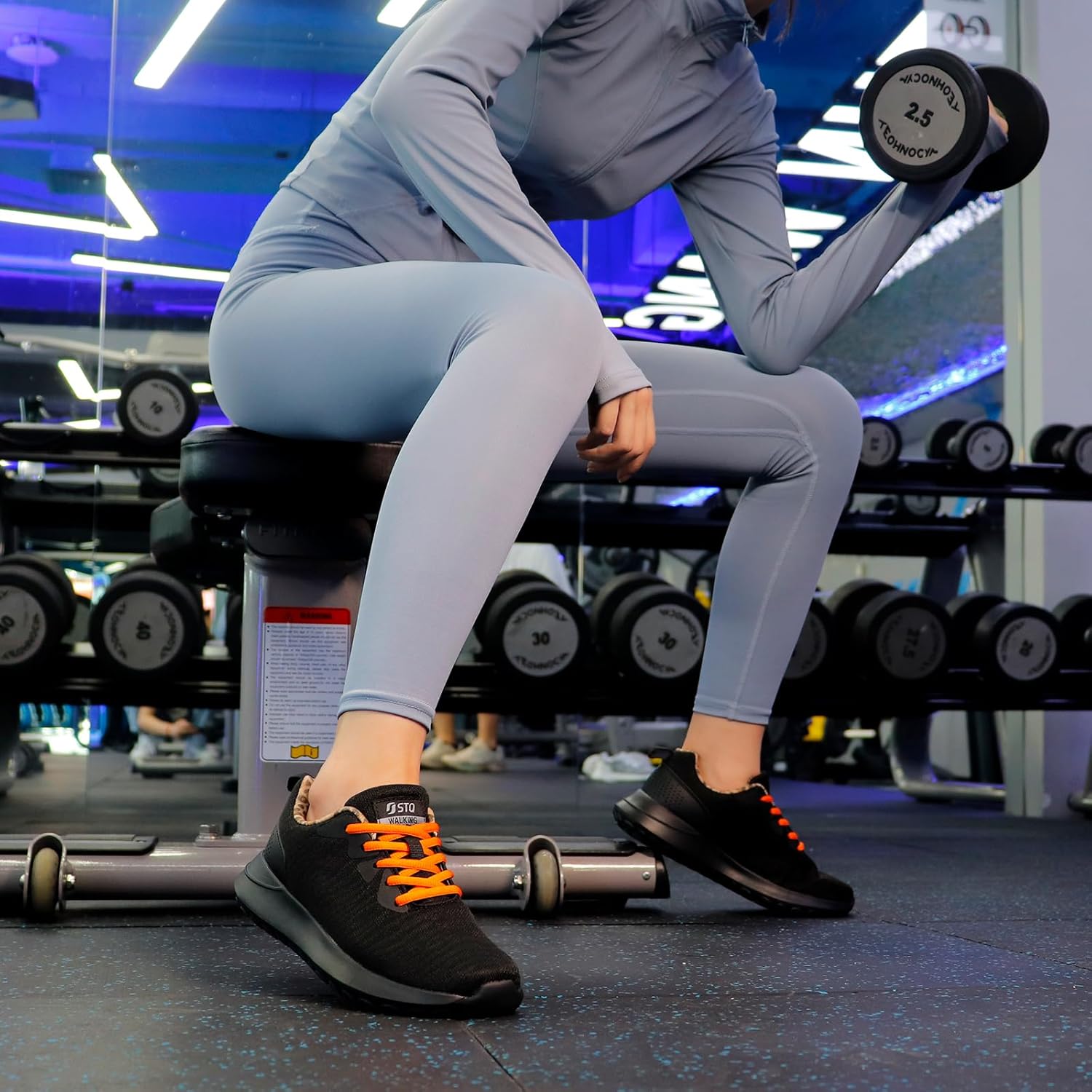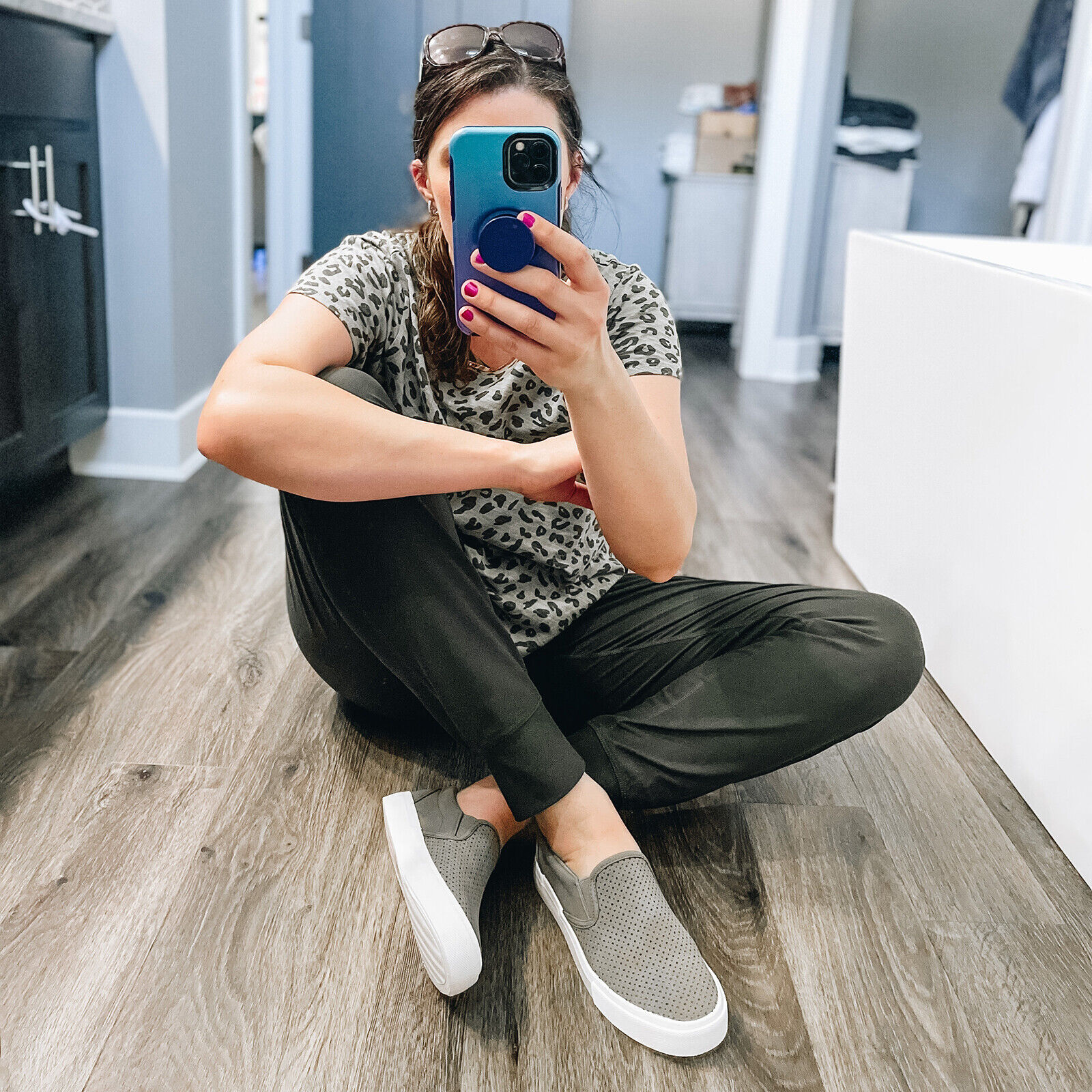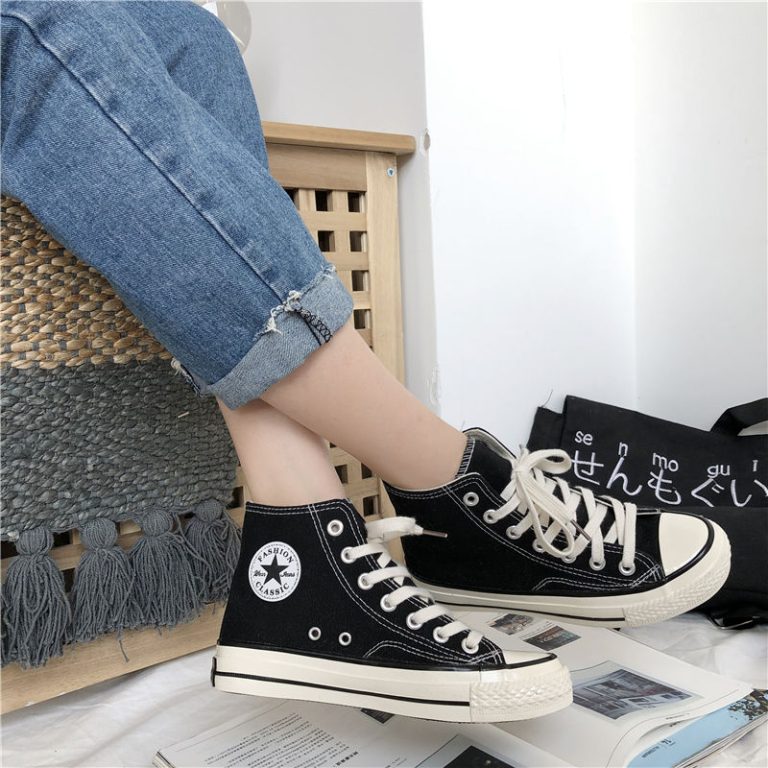
Walking Sneakers: Comfort Meets Performance
The Ultimate Guide to Walking Sneakers: Comfort Meets Performance
Walking serves as a fundamental form of exercise, transportation, and leisure activity. Whether strolling through city streets, hiking nature trails, or power walking for fitness, the right footwear can make all the difference. Walking sneakers combine comfort, support, and durability to enhance the walking experience and promote foot health. This comprehensive guide explores the world of walking sneakers, their essential features, and how to choose the perfect pair for various needs.
Understanding the Anatomy of Walking Sneakers
Walking sneakers differ from running shoes or casual footwear in several key aspects. These specialized shoes prioritize stability, cushioning, and flexibility to support the natural walking gait. The upper part of a walking sneaker typically features breathable materials like mesh or synthetic leather to keep feet cool and dry. Midsoles provide cushioning and shock absorption, often incorporating advanced foam technologies to reduce impact on joints.
The outsole, or bottom of the shoe, offers traction and durability, with patterns designed for various walking surfaces. Many walking sneakers also include a supportive heel counter to stabilize the foot and prevent excessive motion. Understanding these components helps in selecting shoes that best match individual walking styles and needs. Manufacturers continually innovate in materials and design, creating walking sneakers that balance lightweight construction with robust support.
Features like memory foam insoles, gel cushioning, and air pockets enhance comfort for long walks. Some models incorporate waterproof membranes for all-weather protection, while others focus on eco-friendly materials to appeal to environmentally conscious consumers. By familiarizing themselves with these elements, walkers can make informed decisions when shopping for their next pair of sneakers.
The Importance of Proper Fit and Sizing
Selecting the correct size and fit stands paramount in choosing walking sneakers. Ill-fitting shoes can lead to discomfort, blisters, and even long-term foot problems. When trying on walking sneakers, shoppers should wear the socks they typically use for walking. Feet tend to swell during the day, especially after prolonged activity, so fitting shoes in the afternoon provides a more accurate measure.
A proper fit allows about a thumb’s width of space between the toe and the front of the shoe, preventing toe cramping on long walks or when walking downhill. The heel should fit snugly without slipping, while the midfoot area should feel secure but not tight. Many brands offer width options, accommodating feet of various shapes. Trying on multiple sizes and widths helps identify the most comfortable fit.
Some specialty shoe stores offer gait analysis and fitting services, providing personalized recommendations based on foot shape and walking style. Online shoppers can use sizing charts and customer reviews to guide their selections, but should be prepared to exchange shoes if the fit isn’t perfect. Remember that different brands may size their shoes differently, so relying solely on one’s usual size might not always yield the best fit. Taking the time to find the right size and fit ensures maximum comfort and support during walks.
Cushioning and Shock Absorption: Keys to Comfort
Effective cushioning and shock absorption play crucial roles in the comfort and performance of walking sneakers. These features help distribute the impact of each step, reducing stress on joints and preventing fatigue during long walks. Many walking sneakers incorporate specialized cushioning systems in the midsole, such as EVA (ethylene-vinyl acetate) foam, polyurethane, or proprietary blends developed by specific brands. These materials compress under pressure, absorbing shock and then rebounding to provide energy return with each step.
Some shoes feature gel inserts or air pockets in high-impact areas like the heel and forefoot for additional cushioning. The level of cushioning needed varies depending on individual preferences, walking surfaces, and any existing foot conditions. Walkers with joint issues or those who frequently walk on hard surfaces may benefit from shoes with extra cushioning. However, too much cushioning can reduce stability and ground feel, so finding the right balance is essential.
Many walking sneakers offer removable insoles, allowing users to customize the level of cushioning or use orthotic inserts for personalized support. When evaluating cushioning, walkers should consider both immediate comfort and long-term support. A shoe that feels pillowy soft in the store may not provide adequate support for extended walks. Trying shoes on hard surfaces and walking for several minutes helps assess how the cushioning performs in real-world conditions.
Support and Stability Features for Healthy Feet
Support and stability features in walking sneakers help maintain proper foot alignment and prevent excessive motion that can lead to discomfort or injury. The level of support needed varies based on individual foot structure and gait patterns. Walkers with flat feet or those who tend to overpronate (excessive inward rolling of the foot) may benefit from shoes with firmer midsoles and supportive features like medial posts or dual-density foams. These elements help control foot motion and provide a stable base for each step.
Arch support plays a crucial role in distributing weight evenly across the foot and reducing strain on the plantar fascia. Many walking sneakers offer built-in arch support, while others allow space for custom orthotics. The heel counter, a firm cup-like structure at the back of the shoe, helps stabilize the heel and prevent excessive movement. Some shoes incorporate additional stability features like midfoot shanks or torsion systems to provide support without adding excessive weight.
For walkers with high arches or those who supinate (outward rolling of the foot), shoes with neutral support and ample cushioning often work best. When evaluating support features, walkers should consider their typical walking surfaces and distances. Uneven terrain or long distances may require more substantial support to maintain comfort and prevent fatigue. Trying on shoes and walking around helps assess how supportive features interact with individual foot mechanics.
Breathability and Moisture Management
Effective breathability and moisture management contribute significantly to foot comfort during walks. Sweaty feet can lead to discomfort, blisters, and even fungal infections. Many walking sneakers incorporate breathable materials like mesh or knit fabrics in the upper portion of the shoe to allow air circulation and heat dissipation. Some models feature strategically placed ventilation zones to enhance airflow in high-heat areas.
Moisture-wicking linings help draw sweat away from the foot, keeping the interior of the shoe dry. Advanced technologies like waterproof-breathable membranes (e.g., Gore-Tex) allow moisture to escape while preventing water from entering, making these shoes suitable for wet conditions. The insole also plays a role in moisture management, with many shoes featuring removable, washable insoles that help absorb and evaporate sweat.
Some brands incorporate antimicrobial treatments in their shoes to inhibit odor-causing bacteria and fungi. When evaluating breathability, consider the climate and typical walking conditions. Shoes with excellent ventilation may be ideal for hot weather but less suitable for cold or wet environments. Walkers who frequently encounter wet conditions might prioritize quick-drying materials or water-resistant treatments. Proper sock selection complements the shoe’s moisture management capabilities, with moisture-wicking socks helping to keep feet dry and comfortable during walks.

Durability and Traction for Various Terrains
The durability and traction of walking sneakers determine their longevity and performance across different walking surfaces. Quality materials and construction techniques ensure that shoes withstand regular use without breaking down prematurely. Many walking sneakers feature rubber outsoles, known for their durability and grip on various surfaces. Carbon rubber, often used in high-wear areas, offers excellent durability but can be heavier.
Blown rubber, a lighter alternative, provides cushioning and flexibility but may wear down more quickly. Some shoes incorporate both materials, optimizing the balance between durability and weight. The outsole pattern plays a crucial role in traction, with different designs suited for various terrains. Multi-directional lugs or treads provide grip on uneven or slippery surfaces, making them ideal for trail walking or wet conditions. Flatter, more subtle tread patterns work well on paved surfaces, offering stability without excessive wear.
Some walking sneakers feature specialized rubber compounds designed to maintain grip on wet or slippery surfaces, enhancing safety in diverse weather conditions. When assessing durability and traction, consider the primary walking environments and personal walking habits. Those who frequently walk on abrasive surfaces like concrete may prioritize durable outsoles, while trail walkers might focus on aggressive tread patterns for better grip. Many brands offer specific lines designed for urban or trail walking, tailoring durability and traction features to these environments.
Flexibility and Range of Motion
The flexibility of walking sneakers significantly impacts comfort and natural foot movement during walks. Unlike running shoes, which often prioritize forward flexibility, walking sneakers need to bend both at the forefoot and the arch to accommodate the rolling motion of walking. Many shoes incorporate flex grooves in the outsole, strategically placed cuts that allow the shoe to bend naturally with the foot. The midsole material also plays a role in flexibility, with some foams offering a more pliable feel than others. However, a balance between flexibility and support is crucial.
Overly flexible shoes may not provide adequate support for long walks or individuals with certain foot conditions. The upper material contributes to overall flexibility as well, with knit or mesh uppers typically offering more give than leather or synthetic leather. Some walking sneakers feature segmented midsoles or outsoles, allowing different parts of the shoe to flex independently for a more natural range of motion.
When evaluating flexibility, walkers should consider their gait pattern and any foot conditions. Those with stiff joints or arthritis may benefit from shoes with enhanced flexibility to reduce strain on the feet. Trying on shoes and walking around helps assess how well the shoe’s flexibility aligns with natural foot movement. Remember that new shoes often feel stiffer initially and may require a brief break-in period to achieve optimal flexibility.

Style and Versatility in Walking Sneakers
While function remains paramount, the style and versatility of walking sneakers have become increasingly important to consumers. Many people seek shoes that perform well during walks but also look stylish enough for casual wear. Manufacturers have responded by creating walking sneakers with sleek designs and fashionable color options. Some models blend athletic performance features with lifestyle-oriented aesthetics, allowing wearers to transition seamlessly from a morning walk to running errands or meeting friends.
Neutral colors like white, black, and gray offer versatility, while bold colors or patterns allow for personal expression. The rise of athleisure fashion has further blurred the lines between performance footwear and everyday shoes, with many walking sneakers incorporating trendy design elements. Some brands offer customization options, allowing buyers to personalize the colors and materials of their shoes. When considering style, think about how the shoes will fit into your wardrobe and lifestyle.
Versatile designs that work well with various outfits can provide better value, especially for travelers or those with limited shoe storage. However, don’t sacrifice comfort or performance for style – the primary goal of walking sneakers remains to support and protect feet during walks. Many brands successfully balance style with function, offering attractive shoes that don’t compromise on essential walking features.
Choosing the Right Walking Sneakers: Tips and Considerations
Selecting the ideal pair of walking sneakers involves considering multiple factors and personal preferences. Start by assessing your walking habits, including typical distances, terrains, and any foot conditions or gait issues. Visit a specialty running or walking store for a professional fitting and gait analysis if possible. These experts can provide valuable insights into your foot type and recommend suitable shoes.
When trying on shoes, wear the socks you typically use for walking and test the shoes on different surfaces if available. Walk around for several minutes to get a feel for the comfort, support, and fit. Don’t hesitate to try multiple brands and models – what works best can vary significantly between individuals. Consider any specific needs, such as wide widths, high arches, or plantar fasciitis support. If you use custom orthotics, bring them along when fitting shoes to ensure compatibility.
While price can be a factor, investing in quality walking sneakers often pays off in terms of comfort, durability, and foot health. Many specialty stores offer generous return policies, allowing you to test shoes thoroughly before committing. Remember that even the best shoes have a limited lifespan – most walking sneakers should be replaced after 300-500 miles of use or when signs of wear become apparent. By taking the time to find the right walking sneakers, you set the foundation for enjoyable, comfortable walks that support overall health and well-being.



